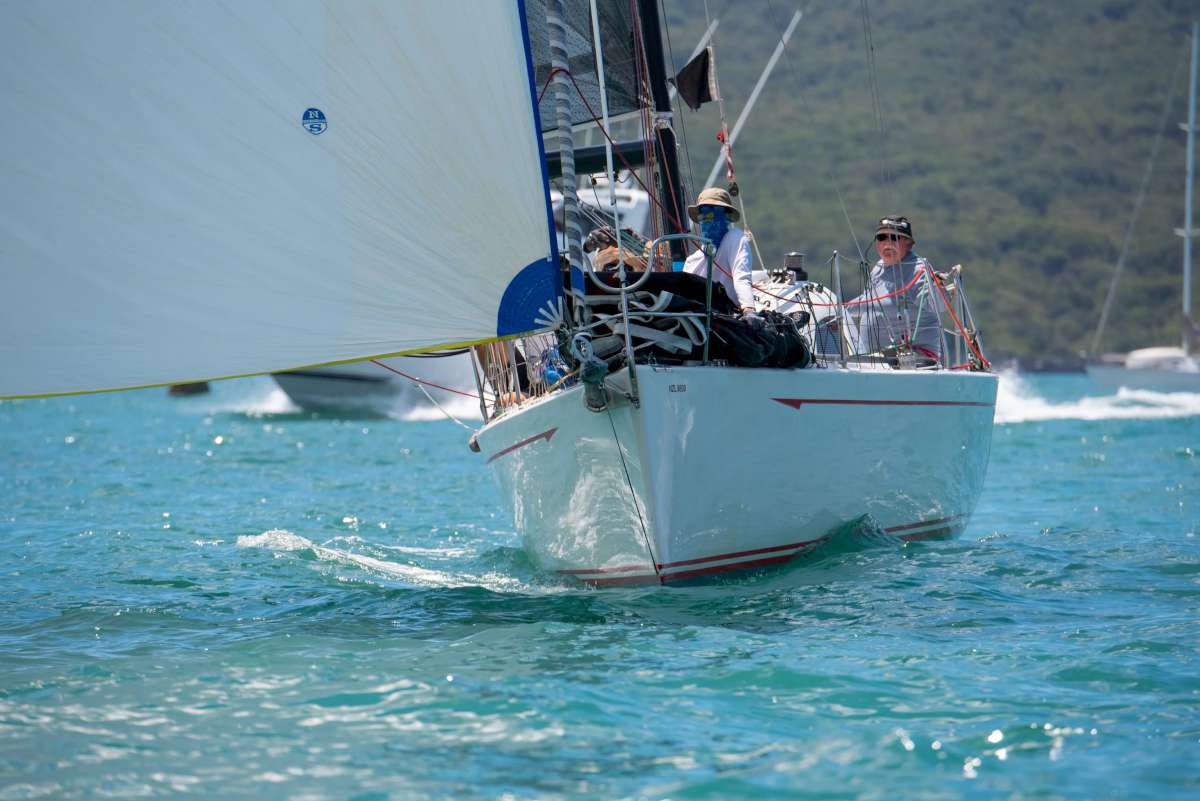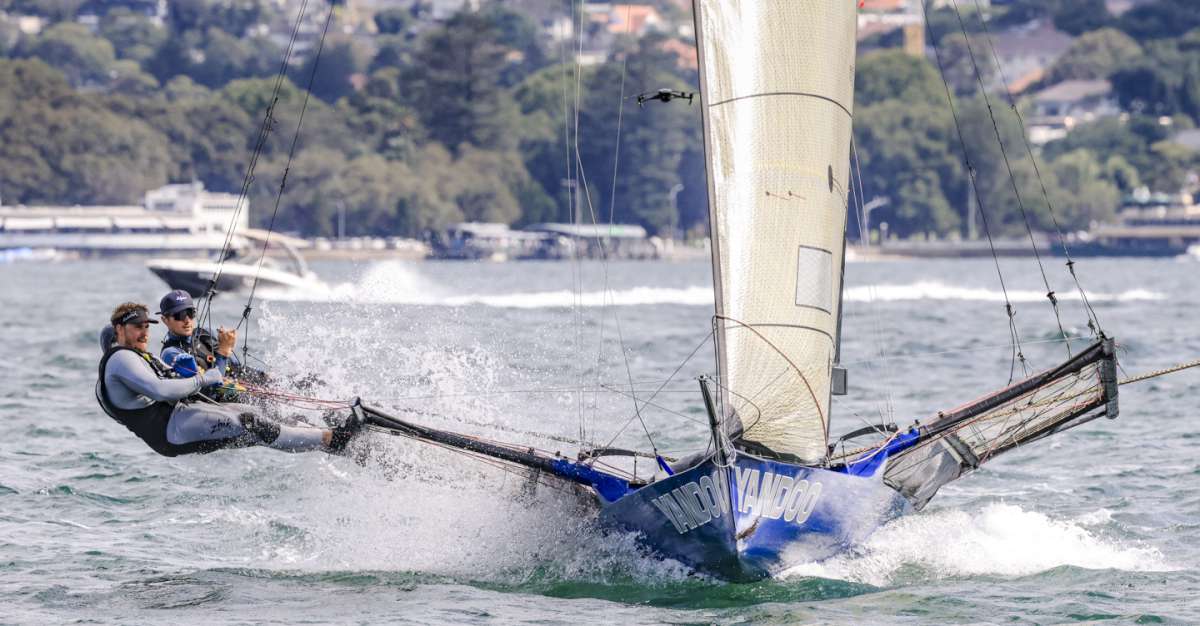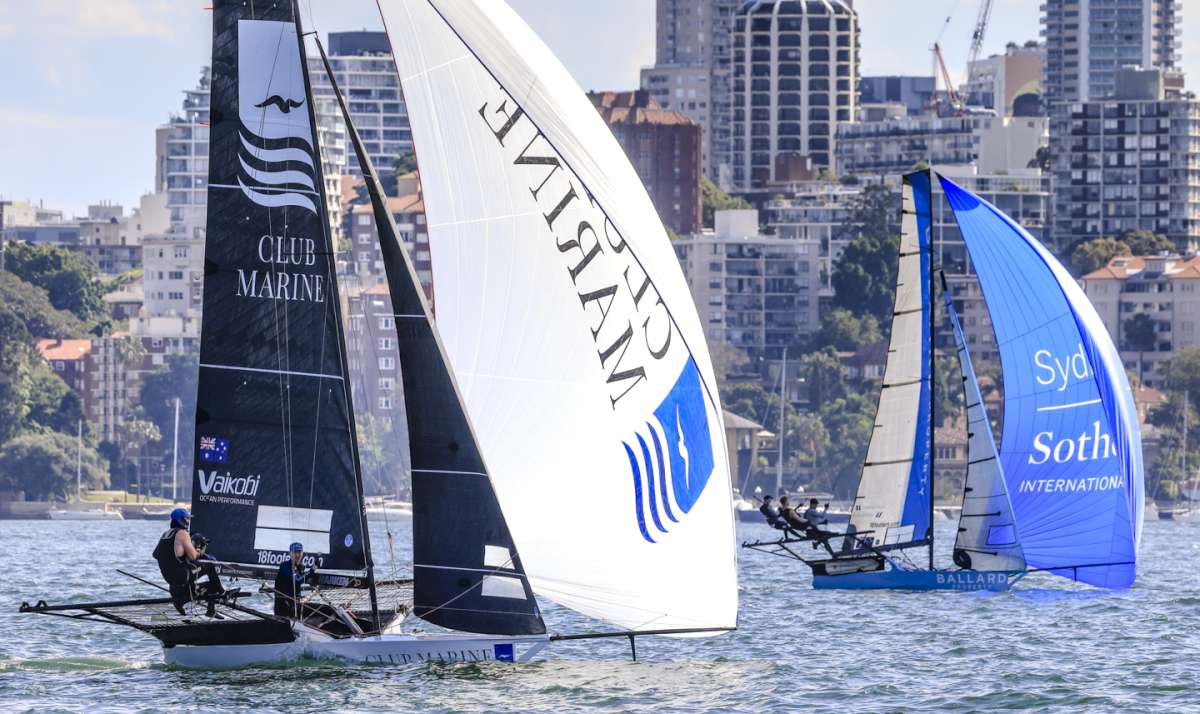JUST CRUISING BY KEITH FLEMING.
Cruising in foreign waters can be dangerous so considering some basic security matters makes sense.
Just as you would make plans for your navigation on a partial or complete circumnavigation so you must make plans for the safety of your crew. There are a number of well known areas in the world where pirates operate, such as the Red Sea, certain straits in Indonesia, the coast of mainland PNG, parts of Caribbean and others.
There are enough beautiful places to visit in this world with lovely citizens that you do not need to travel near these places. However, if you do feel the need or find yourself in such areas then you need to have a plan for the safety of your crew. The main reason to be aware in all areas you visit is that the cruising yachty presents a likely target due to having a boat full of saleable items like alcohol, money, gear and dinghies. Most of us cruise in remote areas which of course are the most beautiful but can be days away from any kind of law. The well-used cruising routes are basically the safest. ‘Be prepared’ is probably the best motto and make sure that the rest of the crew is equally prepared. But by taking precautions you can sail around the world in relative safety and are more likely to be attacked on land than you are on the water. So let’s look at some of the precautions that you should take.
Before your trip you should consider the build of your boat. Many cruising yachts have only one entrance and that is the companionway. You should always have an escape hatch in case of danger from fire or water or attack. Make sure you have another hatch or hatches in the case of rear cabins that you can climb through.
If possible travel in company with another yacht or yachts. Leave your VHF radio switched on 24-hours-a day so you can communicate with companions in an emergency.
If you are travelling in really dangerous areas like the Red Sea there will be some presence of law around usually in the form of the navy. Make sure you know which radio channels authorities monitor on both VHF and HF. Make yourself aware at the last port of this information and let the harbour master know where you intend to travel. If you do not have an accompanying yacht then it might pay to wait for one to catch up. Find out what channels the commercial shipping monitor.
At every anchorage, make sure that the local people are not welcome at the boat after dark unless specifically invited. Most attacks happen during darkness so it cannot be witnessed by their own people or others. Do not supply alcohol to visitors and do not allow anyone to board the boat unless you wish.
In some places the local law may be the pirates. At night put the dinghy on the davits or on a halyard lifted out of the water or, if left floating, make sure it is attached with a wire painter and padlock. The same wire and padlock applies when going ashore in large towns. Always carry your spotlight ready to use in the doghouse. Don’t be frightened to switch on the deck lights if you hear unusual noises. Stick to well-known anchorages unless you know the area and local people well. I have made five trips to the Louisiades and never had any problems or found it necessary to lock up the boat. In any discussion on safety of this nature, the subject of weapons will come up. Let’s deal with firearms right at the start. It is not a good idea for cruisers to be carrying firearms of any sort. You can get into more strife with local authorities than you can poke a stick at on a dark night. You have to declare them every time you clear in or out of a country and in many instances they will hold them for the duration of your visit and you will have to go back to the same port to retrieve them. If you are going to need firearms then you are cruising in the wrong place. In some places, letting the local law know you have firearms on board will be like telling every local gangster the good news. If you do not declare them and they are discovered then you can plan for spending quite a while detained by the law. But you can still be prepared with other implements. A baseball bat in a cockpit locker is most useful for subduing unwanted guests and mackerel. Several fish knives are always found in the cockpit. A large fire extinguisher situated close to the companionway is a great defence weapon.
Some boards with nails driven through them can be placed around the deck at night time, as long as you remember where you put them. Even a flash from a camera will often deter people.
Keep in mind that you can do lot damage with a swinging boom not only to a boat alongside but to people standing on the deck. There is nothing like an accidental jibe.
As a last resort, an activated flare can cause fear and do a lot of damage to another boat, but make sure it is not putting your own boat in danger. While not readily available in this country, capsicum spray does not look out of place in a yacht’s doghouse. Another last resort is to ram the other boat; the attacker will value his boat just as much as you value yours. A weapon that can be carried is a crossbow. It can be dismantled and hidden away in pieces around the yacht when near officialdom and quickly assembled later on. The arrows will fit in a cylindrical tube like a dummy dan buoy. A more drastic action is to use the Molotov cocktail. You usually carry outboard fuel handy and the rest of the stuff is in the boat.
Aggression is often not a good tactic and some sweet talk may go a long way to getting you out of a situation. Plan your trip to avoid likely danger spots, and should you find yourself caught up in some local disturbance, then get out as fast as you can. Don’t be frightened or let it put you off cruising, but be aware.






















